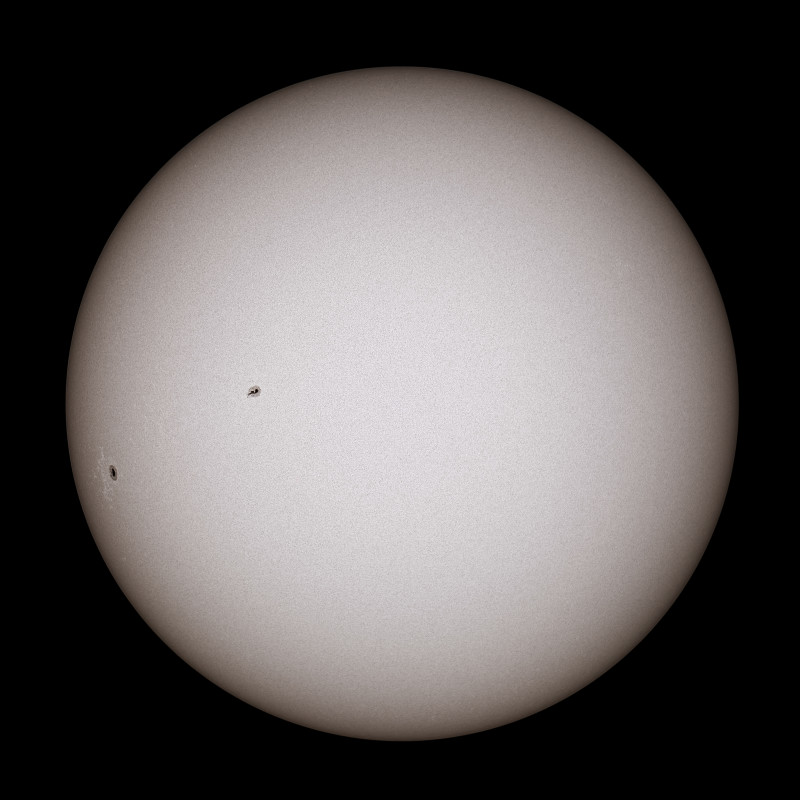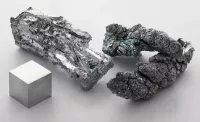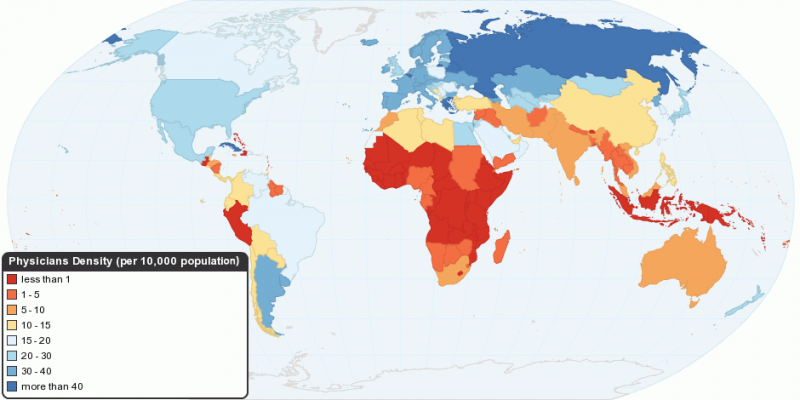Sunscreen is a photoprotective topical product applied to the skin to shield it from sunburn and reduce the risk of skin cancer. Available in various forms like lotions, sprays, and gels, it complements protective clothing such as sunglasses and sunhats. Recognized as an essential medicine by the World Health Organization, sunscreen plays a crucial role in overall skin health and photoprotection.
1978: FDA Adopts SPF Calculation
In 1978, the FDA first adopted the SPF calculation for sunscreen labeling standards in the United States.
2002: Research Indicates Sunscreens Escalate Virus Abundance in Seawater
In 2002, research indicated that sunscreens might escalate virus abundance in seawater, compromising the marine environment in a manner akin to other pollutants.
2008: Investigation Reveals Bleaching Effects on Hard Corals From Sunscreens
A 2008 investigation examining a variety of sunscreen brands, protective factors, and concentrations revealed unanimous bleaching effects on hard corals, which magnified with increasing sunscreen quantities.
2009: Cosmetic Regulation (EC) No 1223/2009 Created
In 2009, the Cosmetic Regulation (EC) No 1223/2009 was created in Europe, regulating sunscreens as cosmetic products.
June 2011: FDA Issues Comprehensive Sunscreen Rules
In June 2011, the FDA issued a comprehensive set of rules designed to help consumers identify and select suitable sunscreen products offering protection from sunburn, early skin aging, and skin cancer. These rules took effect in 2012–2013.
2012: Sunscreen Regulation as Cosmetic Product Begins in Mercosur
In 2012, regulation of sunscreen as a cosmetic product began in Mercosur, similar in structure to the European regulations.
2012: FDA Sunscreen Rules Take Effect
In 2012, the FDA comprehensive set of rules started taking effect in the US, designed to help consumers identify and select suitable sunscreen products offering protection from sunburn, early skin aging, and skin cancer.
July 2013: Cosmetic Regulation (EC) No 1223/2009
In July 2013, the Cosmetic Regulation (EC) No 1223/2009 was created in Europe, regulating sunscreens as cosmetic products.
2013: FDA Sunscreen Rules fully Take Effect
In 2013, the FDA comprehensive set of rules fully took effect in the US, designed to help consumers identify and select suitable sunscreen products offering protection from sunburn, early skin aging, and skin cancer.
2015: Study Shows Titanium Dioxide Nanoparticles Damage Phytoplankton
A 2015 study showed that titanium dioxide nanoparticles, when introduced to water and subjected to ultraviolet light, amplify the production of hydrogen peroxide, which damages phytoplankton.
2018: Hawaii Prohibits Sunscreens Containing Oxybenzone and Octinoxate
In 2018, Hawaii passed legislation that prohibits the sale of sunscreens containing oxybenzone and octinoxate due to their potential harm to coral reefs.
2019: FDA Proposes Tighter Regulations on Sun Protection
In 2019, the FDA proposed tighter regulations on sun protection and general safety, including the requirement that sunscreen products with SPF greater than 15 must be broad spectrum, and imposing a prohibition on products with SPF greater than 60.
January 2020: Palau Bans Harmful Sun Cream Products
In January 2020, Palau banned the manufacturing and selling of sun cream products containing benzophenone-3, octyl methoxycinnamate, octocrylene, 4-methyl-benzylidene camphor, triclosan, methylparaben, ethylparaben, butylparaben, benzyl paraben, and phenoxyethanol, to protect the local coral reef and sea life.
2020: US FDA Approves Zinc Oxide and Titanium Dioxide as Safe Ultraviolet Filters
A 2020 study summarized that the US FDA currently approves only zinc oxide (ZnO) and titanium dioxide (TiO2) as safe ultraviolet filters, and for those concerned with coral bleaching, they should use non-nano ZnO or TiO2 since they have the most consistent safety data.
2021: FDA Introduces Additional Administrative Order on UV Filters
In 2021, the FDA introduced an additional administrative order regarding the safety classification of cosmetic UV filters, to categorize a given ingredient.
Mentioned in this timeline
The United States of America is a federal republic located...
Hawaii is a U S state located in the Pacific...

Cancer is a collective term for diseases characterized by abnormal...

The Sun the star at the center of our Solar...

Zinc is a chemical element with the symbol Zn and...

Corals are marine invertebrates belonging to the Anthozoa subphylum within...
Trending
53 minutes ago India-Bangladesh Ties Strained as Hasina Faces Potential Execution; Extradition Unlikely.

53 minutes ago Bipartisan House Members Propose Two-Year Obamacare Subsidy Extension Amidst Democratic Demands.

54 minutes ago SpaceX Launches Starlink 6-79 Mission from Cape Canaveral, Continuing Satellite Deployments

54 minutes ago Nvidia's Financial Results, Stock Reversal, and Wall Street Disagreement: A Summary
54 minutes ago AMD's Data Center Growth Boosts Optimism, Trillion-Dollar Market Cap Predicted, Analyst Cautions.

2 hours ago Kanye West expresses regret about 'life' amid financial difficulties, sparking fan concern.
Popular

William Franklin Graham III commonly known as Franklin Graham is...

XXXTentacion born Jahseh Dwayne Ricardo Onfroy was a controversial yet...

Cristiano Ronaldo often nicknamed CR is a Portuguese professional footballer...

Candace Owens is an American conservative political commentator and author...

Marjorie Taylor Greene known as MTG is a U S...

Michelle Obama is an American attorney author and former First...